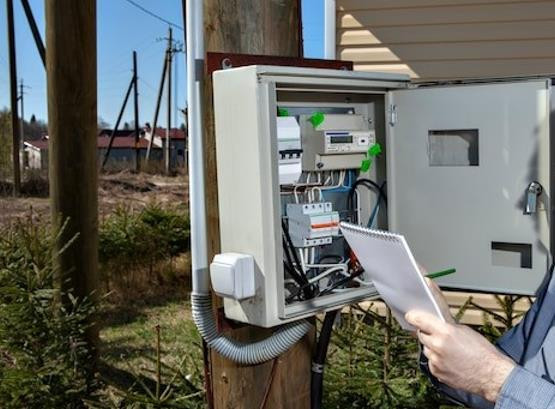
As the world moves toward smarter, more efficient, and renewable energy systems, understanding the components that keep these systems safe and functional becomes essential—whether you’re a homeowner installing solar panels or an electronics enthusiast working on a battery management system.
Two components that play critical roles in power monitoring and circuit protection are the shunt resistor and the solar breaker. While they serve different purposes, both are vital for the safety, stability, and accuracy of electrical systems.
In this article, we’ll explore what each of these components does, how they work, and why you need them in modern electrical and renewable energy setups.
What is a Shunt Resistor?

A shunt resistor is a low-resistance precision resistor used to measure current. Instead of running current through a bulky meter, a shunt allows current to flow through it, and then it measures the voltage drop across the resistor to calculate the current.
In practical terms, shunt resistors are found in:
The magic of a shunt resistor lies in Ohm’s Law (V = IR). By measuring the voltage drop across a resistor with a known resistance, devices can accurately calculate the current flowing through the circuit without interrupting the system.
High-quality shunt resistors are designed to withstand large amounts of current while minimizing heat generation and power loss. Their accuracy makes them indispensable for monitoring power flow and detecting abnormalities like overcurrent or system faults.
Why Shunt Resistors Matter?
In applications like solar energy or battery storage, knowing exactly how much current is flowing at any given time is crucial. For example:
-
A solar inverter may use a shunt resistor to monitor incoming and outgoing current from solar panels.
-
Battery management systems (BMS) rely on shunts to protect batteries from overcharging or deep discharge.
-
Industrial machinery uses them to track current draw and optimize energy usage.
Without reliable current sensing, systems can easily become inefficient, unstable, or even dangerous. That’s why the shunt resistor is often the silent hero in many advanced electrical designs.
What is a Solar Breaker?

On the other side of power management is protection, and that’s where the solar breaker comes in. A solar breaker is a type of circuit breaker specifically designed for use in solar panel systems.
-
Prevent electrical overloads
-
Disconnect solar arrays in case of faults
-
Comply with code requirements for solar installations
-
Ensure safety during maintenance or emergencies
Unlike standard breakers, solar breakers are typically rated for DC (direct current) rather than AC (alternating current). This is important because DC arcs are harder to extinguish than AC arcs, making DC-rated breakers a must in photovoltaic (PV) systems.
Where Are Solar Breakers Used?
Solar breakers can be found in several points throughout a solar power system:
-
At the solar combiner box – to isolate individual panel strings
-
Near the inverter – to disconnect the inverter from the panels during service
-
At the main service panel – to manage backfeed into the grid
Using the right type of breaker—one that’s rated for solar and DC use—is critical for both safety and code compliance. A poorly rated breaker can fail under sustained DC load, increasing the risk of fire or system failure.
Shunt Resistor vs Solar Breaker: Complementary Roles
While a shunt resistor measures current, a solar breaker protects the system. Together, they form a complete picture of modern electrical safety and efficiency:
|
Protect the circuit from overload or faults |
||
|
Battery systems, inverters, EVs |
Solar PV systems, disconnects, and combiner boxes |
|
|
Monitors for irregular current behavior |
Cuts power during dangerous situations |
Final Thoughts: Building Smarter and Safer Systems
Whether you’re designing a solar power setup for your home or managing current flow in a complex battery system, understanding components like the shunt resistor and solar breaker helps ensure performance, longevity, and safety.
A shunt resistor enables precise current tracking, while a solar breaker ensures that any overcurrent or electrical fault doesn’t become a safety hazard. These components may be small, but their roles are massive in the reliability of your system.
As renewable energy adoption increases and power systems become more advanced, learning how these tools work together will give you an edge, whether you’re a technician, engineer, or energy-conscious homeowner.
Want to dive deeper into how these components work? Explore the role of the shunt resistor in real-time current monitoring, or learn why every PV system needs a solar breaker for safety and compliance.
Source link

